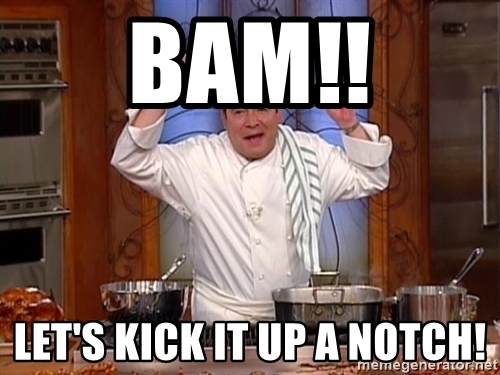
You may find that you need to carefully adjust a number of seemingly unrelated parameters to get the results you want. For example, turning up Treble can reduce the level of bass and midrange frequencies. This is particularly noticeable in the EQ controls. For this reason, turning up a particular parameter may inadvertently decrease the amount of available energy somewhere else in the amp. The various circuits in guitar amps work with a continuous and fixed amount of electricity. But you can also achieve interesting and exotic sounds by using Amp and Cabinet independently. If you’re looking for authenticity, we recommend this signal flow. For this reason, Amp comes with a companion effect called Cabinet (see ‘Cabinet’) which is designed to be used after Amp in a device chain. Guitar amps are designed to be used with accompanying speaker cabinets. Here are some tips on getting the most out of Amp: The Dry/Wet control adjusts the balance between the processed and dry signals.īecause Amp is modeled on real-world analog devices, its behavior can sometimes be difficult to predict. Note that in Dual mode, Amp uses twice as much CPU. The Output switch toggles between mono and stereo (Dual) processing. Its influence on the sound varies considerably depending on the amp model used but can add (or subtract) ”edge” or ”crispness.” Presence is an additional tone control for mid/high frequencies in the power amp stage. For example, increasing EQ levels can, in some cases, also increase the amount of distortion.

As on a real-world amplifier, Amp’s EQ parameters interact with each other - and with the rest of Amp’s parameters - in non-linear and sometimes unpredictable ways.

The Bass, Middle and Treble knobs are EQ controls that adjust the timbre of the sound. When using the Blues, Heavy and Bass models, high Volume levels can also add considerable distortion. Higher Gain settings result in a more distorted sound. Although Gain and Volume work together to determine Amp’s overall level, Gain is the primary control for the distortion amount. Gain adjusts the level of input to the preamplifier, while Volume adjusts the output stage of the power amplifier. This makes it very easy to quickly change the overall character of your sound without having to make numerous adjustments.

Bass is modeled after a rare PA from the ’70s which has become popular with bass players due to its strong low end and ”fuzz” at high volumes.Īlthough the real-world versions of these amplifiers all have unique parameters, Live’s Amp effect uses the same set of controls for each model.Heavy is based on the ”Vintage” channel of the same amp and is also ideal for metal and grunge sounds.



 0 kommentar(er)
0 kommentar(er)
